Looking at time, and the different conceptions of time, be it as subjective elaboration in St. Augustine, empirical apprehension in David Hume or pure intuition of the spirit in Immanuel Kant, it is in the bond, made, unmade or remade, between that which was, is and will be the world, and we within it, that the new is announced, unveiled, affirmed and played out, in interminable play in which it appears, disappears and reappears with its light-filled faces and masks of darkness.
So the new is, or may be, clear and confused, patent and latent, true and false, real and virtual, potential and actual, good and bad, positive and negative, existent and utopian, ugly and beautiful, foreseen and unforeseeable, individual and collective, natural and artificial, and is, sometimes, a number of these things, or their intersection, at the same time. The new is, or may be, creation, discovery, invention, recovery, refusal, deviation, promise, threat, tendency, repetition (eternal return). It is, or may be, subject and object, form and content, theme and technique, method and style. It is, or may be, beginning and end (death is for each life that ends in it an absolutely new thing), proximity and distance, aura and vestige, thought and feeling. That is why the new is said not to be a value, in and of itself.
At every step, the history of the new runs into the history of philosophy and of theology, of art and of science, of literature and of film, of politics and of the media, of ideology and of technology, of anthropology and of cosmology, of psychology and of sociology, of propaganda and of advertising, of architecture and of design, of theatre and of fashion, of sport and of music, of the body and of the mind, of sensations and of eroticism, of nature and of the climate.
Sometimes, the old (or the ancient) is called new, to disguise the fact it is archaic and obsolete. Other times, the new is called old (or outdated) in order to lessen its danger, to discredit its hopefulness and to play down its creative and subversive impulse.
The new also comes with words that support, follow on from and echo it, that are in tune with it. These words are: newness, innovation, renewal. And discontinuity, originality, modernity, contemporaneity.
Originating from Greek, ‘neo’ has become the prefix to words that have grown and multiplied, in our saturated and perplexed times, in order to say reiteration, reclamation or reappropriation of ideas, concepts, schools, currents, events from the past. Some examples: neoconservatism, neoliberalism, neo-baroque, neofigurative, neofascism, neopaganism, neocolonial, neo-avant-garde, neo-Keynsian.
Neo joins a growing list of other prefixes, such as post, hyper, ultra and trans, leading some to see this genealogical exercise in classification as reflecting our age’s obsessive uneasy conscience of the new and its inability to create itself and to define itself without using pre-codified words and without reference to past ages. Ours have been called second-hand times. At the start of his Grammars of Creation, George Steiner writes: ‘We have no more beginnings.’
In the thinking of Michel Foucault, enquiry into newness is a boat that crosses the deep and wide seas of his work, connecting it to episteme, understood as the various relations that, in a given historical period, unite the discursive practices that generate epistemological figures, permitting the creation of new discourse and new knowledge.
In The Order of Things, he asks: ‘What does it mean to inaugurate new thinking?’ And he goes on:

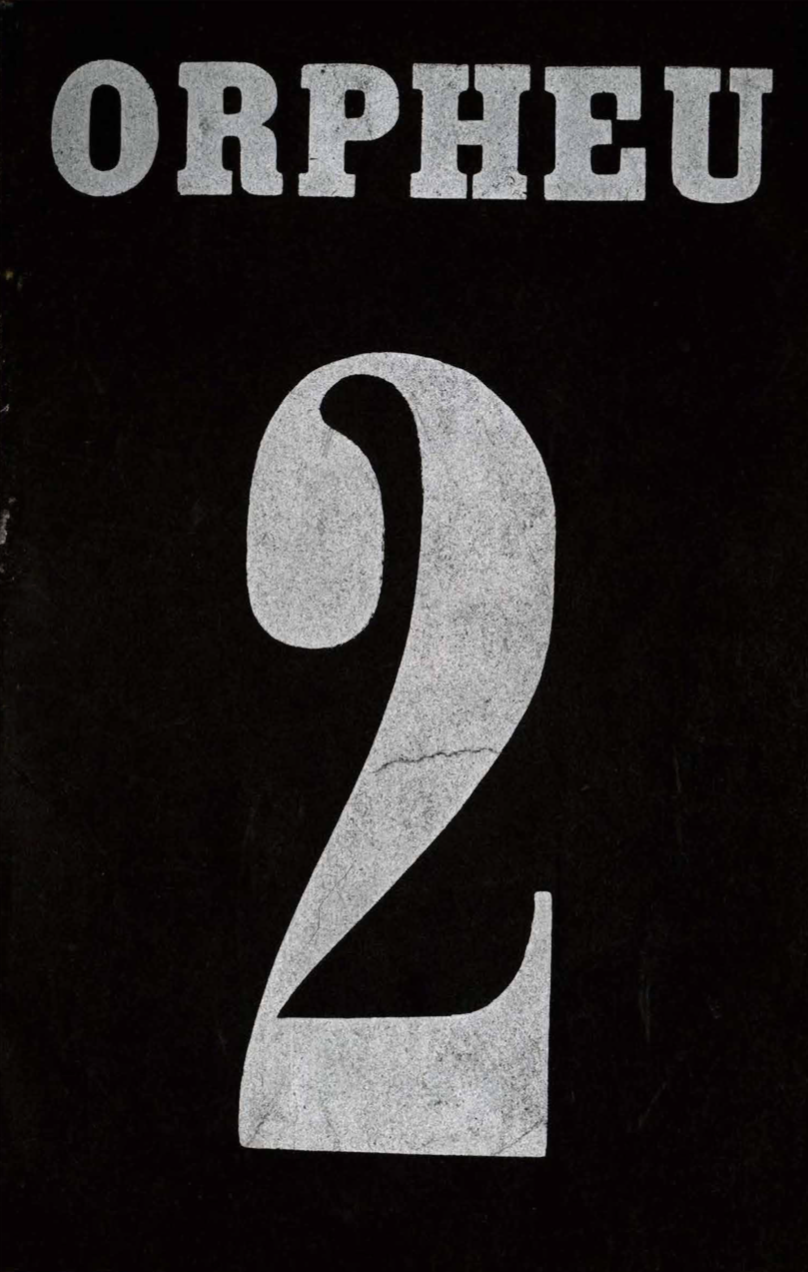



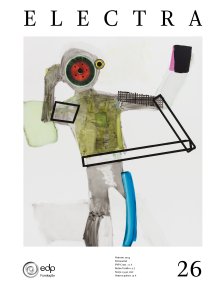
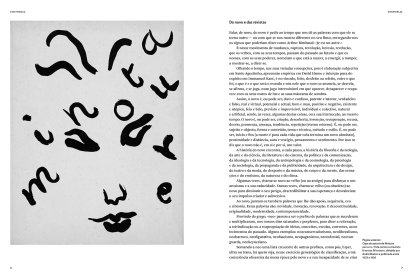
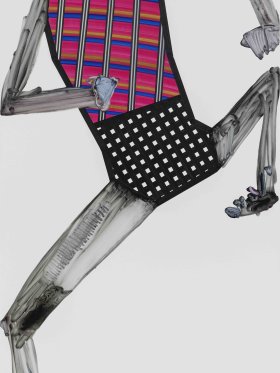
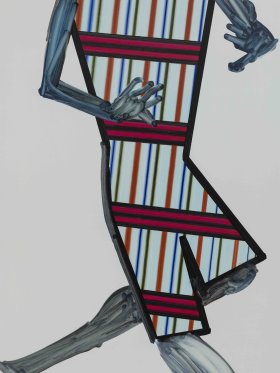
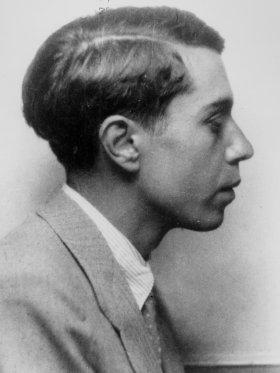
Share article